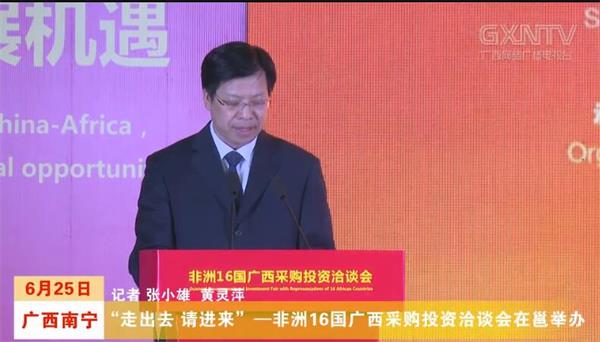by Paul Collier Countries are built on courage, and the image of Ethiopian Prime Minister Abiy Ahmed facing down army mutineers by doing press-ups rightly ricocheted around the world. His larger peacemaking, in gracefully ending a bitter and mutuall...
by Paul Collier -
Countries are built on courage, and the image of Ethiopian Prime Minister Abiy Ahmed facing down army mutineers by doing press-ups rightly ricocheted around the world. His larger peacemaking, in gracefully ending a bitter and mutually damaging conflict with Eritrea, has now been recognised by the Nobel Prize. Domestically, he defused protests which had threatened to escalate into large-scale violence. In the region, he has helped broker a settlement in Sudan. But that is only the half of it: Mr Abiy is now applying his manifest skills to the vital purpose of transforming Ethiopia into a prosperous society.
Mr Abiy’s new government is starting from the legacy of a sound strategy that has, however, reached its limits. Unusually for Africa, Ethiopia has sustained a high investment rate: currently 38 per cent of gross domestic product. This has been predominantly in infrastructure for energy and connectivity, without which the country could not reach middle-income status.
The hydropower programme enables Ethiopian cities to have abundant and affordable electricity, exporting the surplus to its power-scarce neighbours. The efficient national airline, with its leased modern fleet, has turned Ethiopia into a hub for the entire continent. It also provides the cheap hold-space on which a cluster of light manufacturing has developed. Rail links to ports are creating corridors along which new cities are being built, providing productive work in liveable environments. Rapid urbanisation is inevitable in Africa: the UN projects city populations to triple by 2050. The challenge is to avoid the unproductive mega-slums that are inevitable unless public investment keeps ahead of settlement.
As the infrastructure programme nears completion, Mr Abiy has launched a new phase: his Homegrown Economic Reform Agenda. The return on infrastructure depends entirely upon the uses to which firms put it. While central planning built the infrastructure, it could not uncover the myriad opportunities that will gradually open up as interdependent businesses cumulate. The country’s transformation depends upon igniting this process. Mr Abiy has recruited an economic management team, some of them highly experienced returning diaspora, who understand this profound change of style and can explain it to the population. Crucially, as its name implies, the agenda is designed by the government without outside pressure. So it will not be subverted.
The plan combines a business focus (enabling enterprise to function more easily) with a macroeconomic agenda of reforming the markets in foreign exchange and finance. The former is being launched with a long-overdue liberalisation of the telecoms market, raising hopes for leapfrogging in connectivity and the digital economy. The latter is also under way. The foreign exchange reforms are relatively straightforward: here, Ethiopia has been a laggard in Africa. It can now emulate others. Easing financial repression has started, but it will take longer because directed lending has been a key way of financing high public investment. Ethiopia’s very light taxation will need to rise to enable financial liberalisation.
Ethiopia has reached a pivotal moment. Its huge infrastructure effort could not be fully financed either by domestic savings or aid. It has its infrastructure thanks to commercial borrowing and loans from China. This was unnecessarily expensive and has now reached its limits before the infrastructure programme is complete. Using international public finance to finish this nearly completed infrastructure royally meets criteria for good public spending. The IMF could revive its lapsed ESAF loans, and the World Bank could finance through a loan from the International Bank for Reconstruction and Development. Blends of IBRD and aid are permitted, but Ethiopia is deemed ineligible. Yet the first IBRD loan was in 1947 to France, when that country faced a challenge like the one Ethiopia faces now. And the IBRD needs to rediscover its original purpose.
Support for Ethiopia now involves a similar risk to that faced in 1947. But the upside is immense, not just for Ethiopia but for the region. Geopolitically, a strong Ethiopia would anchor a troubled neighbourhood. But Mr Abiy’s reforms are also an object of fascination around the continent. Success could ignite economic change through emulation equivalent to South Korea’s influence on Asia in the 1970s.
Faced with such potential, the bank and the fund are prone to three errors. One is over-optimism in response to a token reforming finance minister; forfeiting domestic support by insisting on their own programmes; and prevarication over process. Given Mr Abiy’s record, none of these would be justified.
The writer is professor of economics and public policy at the Blavatnik School of Government, University of Oxford
Original Source: https://www.ft.com/content/502dc8f4-ef62-11e9-a55a-30afa498db1b



